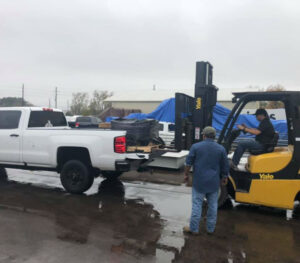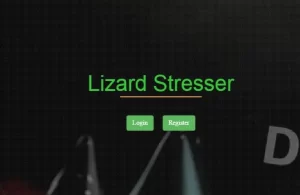What does the law say?

Let’s start with what the law says when it comes to towing vehicles – the Highway Code. The maximum towing speed is 60 km/h outside built-up areas and 30 km / h in built-up areas. Towing on the motorway is prohibited, except for the necessary removal of the vehicle from the motorway at the nearest exit or passenger service area. The vehicle may be towed only if it has no faults in the steering system and has an efficient braking system – unless the method of towing clearly excludes the need for their use. Keep reading to know more.
It is also not possible to tow a vehicle that is not roadworthy. Therefore, it is not possible to tow an unregistered car without signs or after an unsuccessful technical inspection. In this case, it is simply necessary to order a tow truck. Documents for the towed vehicle are also always needed. A towed vehicle must have a driving license, unless the vehicle is being towed in such a way that it is not necessary to drive it.
The distance between the vehicles must be no more than 3 m with a rigid connection and 4 m to 6 m with a flexible connection, the connection being marked alternately with white and red stripes or a yellow or red flag. The towed vehicle must be marked on the left rear with a warning reflector triangle and the position lamps must also be switched on during periods of poor visibility. Instead of being marked with a reflective triangle, the towed vehicle may emit yellow flashing signals visible to other road users.
Establish signals and a route
Before driving, drivers should agree on communication methods and signals. It is best to use a telephone for this purpose, but the basis is a horn signal, flashing lights at night is also useful. Depending on the car, it is necessary to turn the ignition key to the first position (or press the start button) for the horn and lights to work and to turn on the sidelamps or dipped beam for the high beam function.
If the situation permits, turn on the ignition to be sure, it is also a good idea to rethink the route and agree on solutions to problems along the route. Avoiding highways is a matter of course. If circumstances permit, it is better to avoid frequent turns and take a calmer route. When choosing a route, also take into account critical points (steep climbs and exits, difficult exits from intersections, very busy sections, closures, etc.).
Driving alone
If you have a choice, it is best to place a more experienced driver in the back of the vehicle as it is more difficult to tow a car. In any case, unlock the steering wheel and leave the key in the ignition switch so that it does not lock again while driving! Remember that the power steering and brakes do not work with the engine off. The driver in front should also think about it and not maneuver too suddenly. He should also drive cautiously and smoothly.
When starting, make sure the rope is taut, otherwise it may break. Big shocks are also not good for the rope, so a smooth ride is essential. The tensioning of the rope should be controlled by the driver in front, but since he hardly sees it, there is also a need for initiative by the driver in the rear vehicle, especially when braking.
The driver of the towed vehicle should always brake hard and brake hard also while driving, so that the cable is taut. It is also a good idea to let the vehicle back up a bit (eg on a hill) and let it “hover” on the rope, which will remain taut when starting again. The driver in front should once again remember that the set is unusually longer. The acceleration possibilities are also severely limited. So he has to spend more time on each maneuver and avoid crossing junctions at the last minute.
Make yourself known on the road
Correct signaling is self-evident. The legal marking of the towed vehicle was mentioned above, the standard regulations apply to the towing vehicle, i.e. mandatory lighting by day. Do not turn on the warning sign so that you can signal your intentions when making a turn. Signal your intentions in advance, both at the front and rear of the vehicle.
The driver in front should only turn on the brake lights shortly before braking, to let him know his intention in advance, and only then apply the brakes to the required extent. When cornering and avoiding manoeuvres, drive carefully again and let the rear driver know enough space and time. Remember that it has a very limited view of the vehicle in front and difficult conditions to drive with the car inoperative.
Call for help
You already know how to tow a car. However, if you still have difficulties towing the vehicle, regardless of whether the technical condition or circumstances do not allow it, the easiest way is to call the tow service. It is also the safest solution when you do not feel fully up to date.







